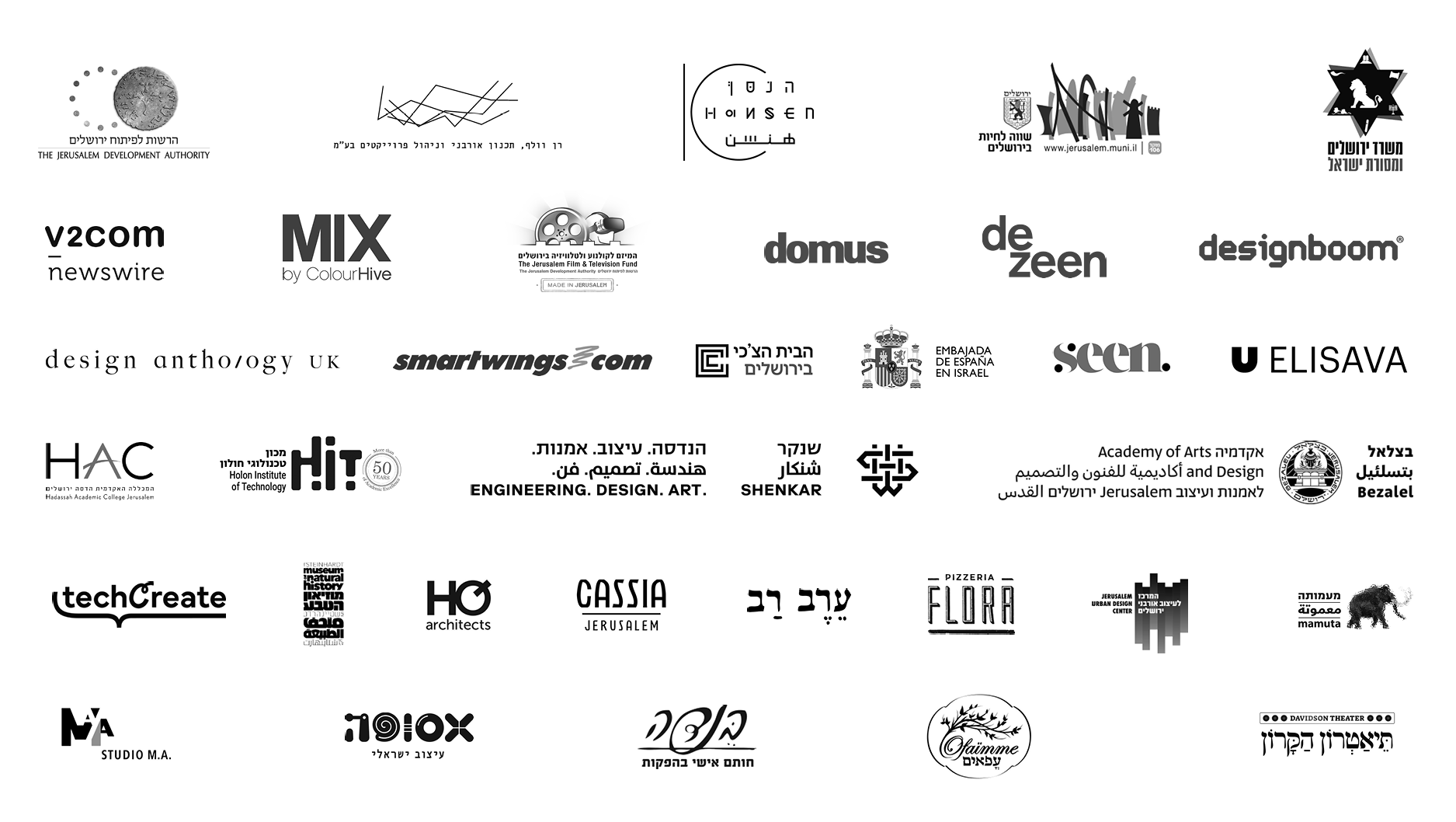The lying and deceiving serpent was with us as early as Eden and continues to whisper in our ears even now, long after we were cast out. Lies and falsehoods have accompanied us since the dawn of history, if not earlier, as evident by the numerous trickster gods and deceitful spirits of the ancient world: Loki in Norse mythology, Anansi in the tales of the Ashanti people of West Africa, the Monkey King Sun Wukong in Chinese mythology, Iktomi in the traditions of the Lakota tribe of the great plains of North America, and others. They and their ilk deceive gods, spirits, or humans—sometimes to teach, sometimes to mislead, and sometimes to amuse others or themselves.
Human beings, of course, do not need supernatural tricksters to fill the world with lies and falsehoods. 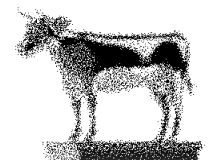 Our distinct tendency to lie is laid out plainly throughout the Bible: Cain lies to God about the fate of his brother, Abraham lies to the Egyptians about Sarah’s identity, Jacob lies to his father to gain his brother’s birthright blessing, Jacob’s sons lie to Shechem, the Israelites in the desert choose a golden calf over the God who had just freed them from slavery, and false prophets drive everyone to idolatry.
Our distinct tendency to lie is laid out plainly throughout the Bible: Cain lies to God about the fate of his brother, Abraham lies to the Egyptians about Sarah’s identity, Jacob lies to his father to gain his brother’s birthright blessing, Jacob’s sons lie to Shechem, the Israelites in the desert choose a golden calf over the God who had just freed them from slavery, and false prophets drive everyone to idolatry.
The formative allegory of Western philosophy goes even further and suggests that the entire earthly realm is a lie. Plato imagined prisoners chained in a cave, watching shadows projected onto the wall in front of them—a deception they perceived as truth. The whole of the material world, Plato thought, the world of Becoming, was a world of lies. Only those who manage to free themselves from the shackles emerge from the cave into a world of ideas, a world of truth. 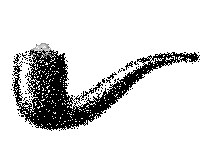 The human condition, then, is primordially a condition of falsehood, and reaching the truth requires tremendous, almost unbearable, effort.
The human condition, then, is primordially a condition of falsehood, and reaching the truth requires tremendous, almost unbearable, effort.
Although lies and falsehoods have accompanied human civilization since time immemorial, it seems that they are currently proliferating at unprecedented levels. The digital age has brought with it a comprehensive challenge to the concepts of trust, authenticity, and truth. Fake news, deepfakes, fake images, and disinformation have all become commonplace, and while much of this world of lies and illusions exists online, it is projected from the screen outwards. 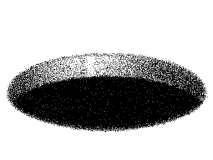 The post-truth era has taken over both digital and analog reality. Not only has the search for truth been abandoned, it feels like even if we were to find it, we are no longer sure what its worth would be. Illusions, on the other hand, prove their financial, social, and political effectiveness each day anew.
The post-truth era has taken over both digital and analog reality. Not only has the search for truth been abandoned, it feels like even if we were to find it, we are no longer sure what its worth would be. Illusions, on the other hand, prove their financial, social, and political effectiveness each day anew.
The designer’s work oscillates between reality and fiction. 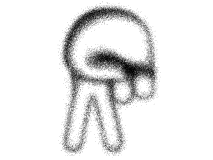 On the one hand, there is the constant expectation to produce a dazzling spectacle, the constant longing for beauty, and the impetus to generate desire in order to maximize profits. On the other hand, current design practices have been focusing more and more on establishing transparency, building trust, and taking responsibility.
On the one hand, there is the constant expectation to produce a dazzling spectacle, the constant longing for beauty, and the impetus to generate desire in order to maximize profits. On the other hand, current design practices have been focusing more and more on establishing transparency, building trust, and taking responsibility.
Is the act of design fundamentally a manipulative concealment of truth? Can it help promote transparency, honesty, and authenticity? And if so, how?
The 2023 Jerusalem Design Week sets out to examine and celebrate the designer’s role in these contexts through works that explore the importance of illusions by concealing, deceiving, and creating parallel realities, as well as through works that deal with disclosure and honesty by examining the possibility of truth and authenticity in the face of widespread lies and falsehoods.




